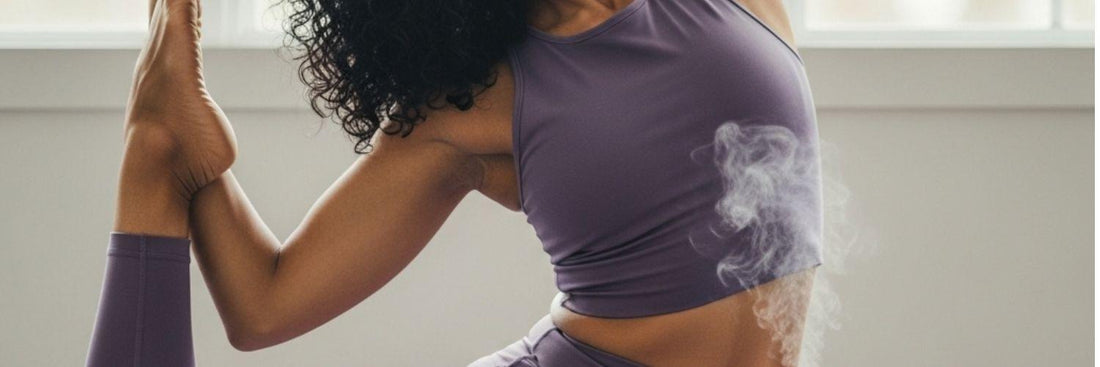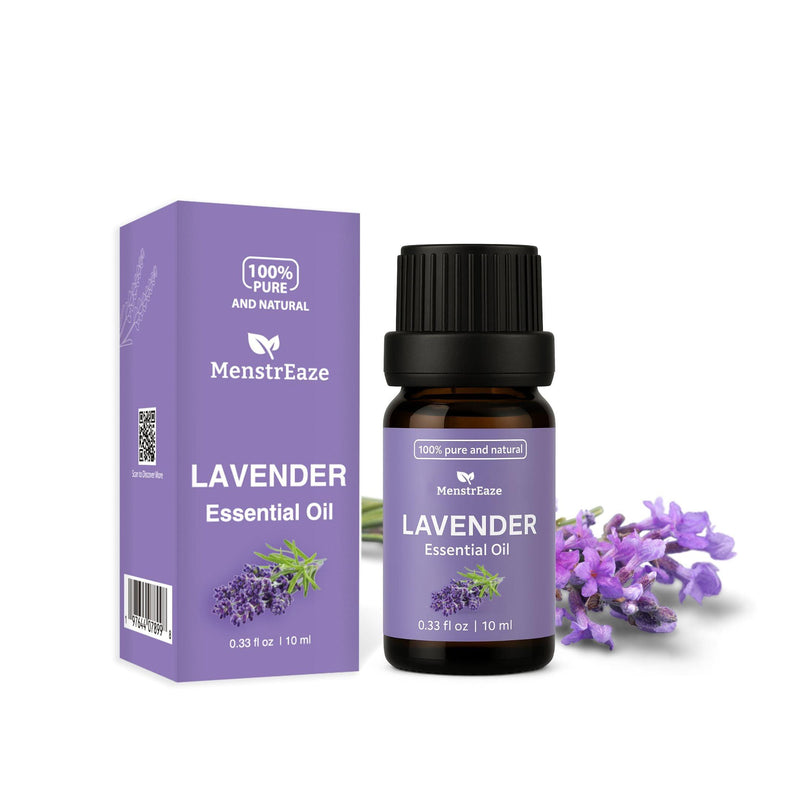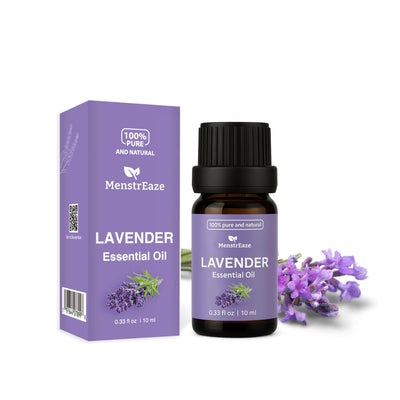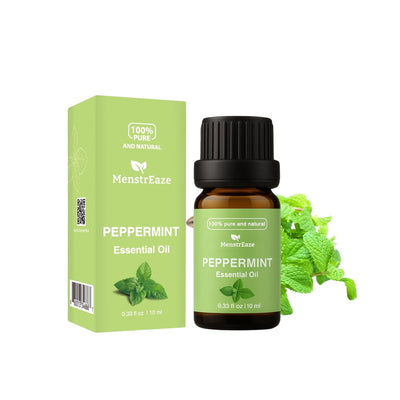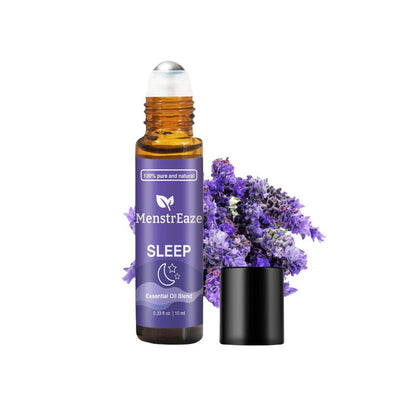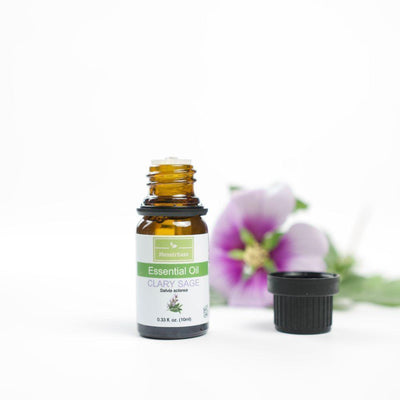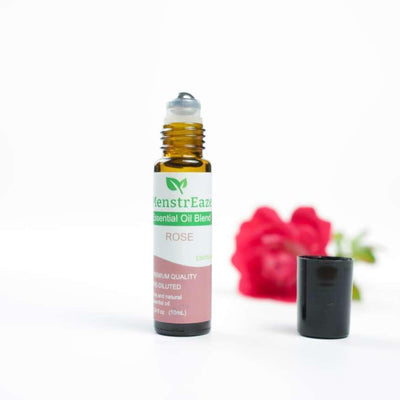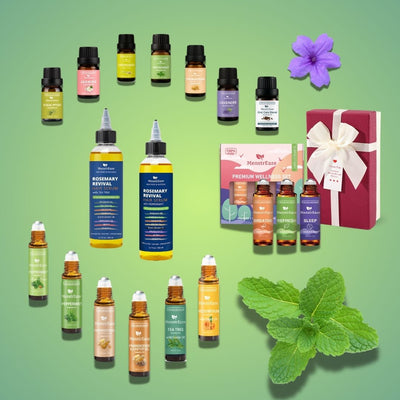In the pursuit of holistic well-being, women are increasingly exploring integrated practices that nurture both body and mind. Among these, the powerful synergy of aromatherapy and yoga has emerged as a profound approach to enhancing women's wellness. This guide delves into how combining the ancient wisdom of yoga with the therapeutic properties of essential oils can support various aspects of women's health, from managing daily stress to addressing specific physiological changes.
Essential oils, derived from plants, have gained attention for their potential therapeutic properties, often used in complementary and alternative medicine [5]. Yoga, a practice encompassing physical postures, breathing exercises, and meditation, is well-established for its benefits on physical and mental health. When these two disciplines converge, they create a potent framework for self-care, offering women a natural pathway to balance and vitality.
The Synergistic Benefits of Aromatherapy and Yoga for Women
The integration of aromatherapy and yoga offers a multi-faceted approach to addressing common wellness concerns specific to women across different life stages. From hormonal fluctuations to the demands of daily life, this combination provides targeted support.
Stress and Anxiety Reduction
Modern life often brings elevated stress levels, which can significantly impact women's health. Both aromatherapy and yoga are recognized for their calming effects. Yoga, when practiced during pregnancy and the postpartum period, has been shown to effectively reduce anxiety and depression [4]. Similarly, certain essential oils are highly effective in mitigating psychological distress. For instance, lavender oil applied through leg massage has demonstrated significant efficacy in reducing anxiety and improving mindfulness in individuals with hypertension [7]. For middle-aged women experiencing menopausal symptoms, aromatherapy has been identified as an alternative therapy that can balance cortisol hormones and reduce stress and anxiety [9]. The combination of deep breathing in yoga with the inhalation of calming essential oils can amplify these effects, promoting a profound sense of tranquility.
Improved Sleep Quality
Sleep disturbances are a common concern for many women, influenced by factors such as hormonal shifts, stress, and lifestyle. Psychological interventions, including aromatherapy yoga, have been investigated for their ability to improve sleep quality and address sleep problems [2]. Specifically, research indicates that aromatherapy can be a beneficial non-pharmacological intervention for improving sleep [3]. A randomized controlled trial found that just fifteen days of chamomile oil inhalation before bedtime significantly reduced insomnia severity and enhanced sleep quality in young adults suffering from insomnia [5]. Integrating these oils into an evening yoga routine can prepare the body and mind for restful sleep.
Pain Management
Women frequently experience various forms of pain, including menstrual discomfort (dysmenorrhoea) and postpartum pain. Complementary therapies, including aromatherapy, have shown promise in pain management. For example, aromatherapy has demonstrated significant benefits in pain management after a Cesarean section [4]. Furthermore, a systematic review and Bayesian network meta-analysis revealed that aromatherapy had a positive effect on the reduction of menstrual pain, suggesting its potential as a non-pharmacological intervention for primary dysmenorrhoea [10]. Combining specific essential oils with gentle, pain-relieving yoga postures can offer a natural approach to alleviating discomfort.
Hormonal Balance and Menopausal Symptom Relief
Menopause marks a significant physiological transition for women, often accompanied by symptoms such as hot flashes, mood swings, and sleep disturbances due to fluctuating hormone levels. Alternative therapies, including aromatherapy, exercise, and yoga, are increasingly recognized for their role in managing these symptoms and improving the quality of life in menopausal women [9]. Specific yoga aromatherapy oils such as lavender, neroli, fennel, rose, and geranium have been found to help balance cortisol hormones and reduce associated stress and anxiety [9]. Yoga therapy itself impacts neurohormonal pathways, contributing to the reduction of both psychological and physiological symptoms during this phase [9].
Choosing the Right Yoga Aromatherapy Oils
Selecting appropriate yoga aromatherapy oils is crucial for maximizing benefits and ensuring safety. Each oil possesses unique properties that can complement specific yoga practices or address particular wellness needs.
Popular Essential Oils for Women's Wellness in Yoga
- Lavender Oil: Widely celebrated for its calming and relaxing properties. It has been shown to reduce anxiety and improve sleep quality [7]. Ideal for evening yoga, restorative practices, or meditation to promote tranquility and prepare for sleep.

- Chamomile Oil: Known for its potent sleep-enhancing effects. Studies have confirmed that chamomile oil inhalation can significantly reduce insomnia severity and enhance sleep quality [5]. Excellent for winding down after a long day or for yoga nidra practices.
- Fennel Oil: Used in aromatherapy to support hormonal balance and ease digestive discomfort, particularly relevant for menstrual health and menopausal symptoms [9]. Can be diffused during gentle yoga flows or applied topically (diluted) to the abdomen.
- Neroli Oil: A prized oil for its uplifting and calming effects, often used to alleviate stress, anxiety, and menopausal symptoms [9]. Suitable for morning yoga to enhance mood or during practices focused on emotional release.
- Rose Oil: Valued for its emotional and hormonal balancing properties, and its ability to reduce stress and anxiety, especially during menopause [9]. Its luxurious aroma makes it perfect for heart-opening yoga sequences or self-compassion practices.

- Geranium Oil: Known for its balancing effect on hormones and its ability to reduce stress and anxiety, particularly beneficial for menopausal women [9]. Can be diffused or used in a diluted topical application during any yoga practice to promote overall balance.
How to Use Essential Oils in Yoga Safely and Effectively
Understanding how to use essential oils in yoga safely is paramount to reaping their benefits without adverse effects. Proper application methods and precautions are essential.
Methods of Application
There are several effective ways to incorporate essential oils into your yoga practice:
- Diffusion: This is one of the most popular and safest methods. An essential oil diffuser disperses a fine mist of oil into the air, allowing for inhalation during your practice. This method is ideal for creating a specific atmosphere (e.g., calming, energizing) throughout your yoga space.
- Topical Application: Essential oils can be applied directly to the skin, but they must almost always be diluted with a carrier oil (such as fractionated coconut oil, jojoba oil, or almond oil) to prevent skin irritation. Dilution is critical for safe topical use [7]. Common application points include the wrists, temples, neck, chest, or the bottoms of the feet. For targeted relief, such as menstrual pain, diluted oils can be gently massaged onto the lower abdomen [10].
- Direct Inhalation: For a quick and potent effect, you can inhale essential oils directly from the bottle or by placing a drop on a cotton ball or tissue. This method is excellent for instant mood shifts or when you need a burst of focus or calm during your practice.
Safety Precautions for Using Essential Oils
While essential oils offer numerous benefits, they are highly concentrated and require careful handling:
- Dilution is Key: Always dilute essential oils with a carrier oil for topical application. A general guideline is 1-2 drops of essential oil per teaspoon of carrier oil for adults. For sensitive skin or children, a higher dilution ratio is recommended.
- Patch Test: Before applying a new essential oil to a larger area of skin, perform a patch test on a small, inconspicuous area (like the inner forearm) to check for any adverse reactions.
- Quality Matters: The purity and quality of essential oils vary widely. Opt for reputable brands that provide third-party testing and transparency about their sourcing and distillation processes. The field of aromatherapy research is actively working towards establishing essential criteria for reporting, highlighting the importance of well-studied and reliable products [1].
- Avoid Internal Use: Unless under the direct supervision of a qualified healthcare professional, avoid ingesting essential oils.
- Pregnancy and Medical Conditions: If you are pregnant, breastfeeding, or have any underlying medical conditions (e.g., asthma, epilepsy, high blood pressure), consult with a healthcare professional or a certified aromatherapist before using essential oils. Some oils may be contraindicated.
- Keep Away from Eyes and Mucous Membranes: Essential oils can cause irritation if they come into contact with sensitive areas. Wash hands thoroughly after handling.
- Store Properly: Store essential oils in dark glass bottles, away from direct sunlight and heat, to preserve their potency and shelf life.
Integrating Aromatherapy into Your Yoga Practice
The beauty of combining aromatherapy and yoga lies in its flexibility. You can tailor your essential oil choices to complement the type of yoga practice, your mood, or specific wellness goals.
For Morning Practices (Energizing & Uplifting)
Start your day with invigorating oils during sun salutations or dynamic Vinyasa flows. Citrus oils like wild orange or lemon can uplift your mood and boost energy. Peppermint can enhance focus and clear the mind. Diffuse these oils or apply a diluted drop to your pulse points before practice.

For Evening Practices (Calming & Restorative)
As you wind down, opt for soothing oils during gentle Hatha, Yin, or Restorative yoga. Lavender [7] and chamomile [5] are excellent choices for promoting relaxation and preparing for sleep. Diffuse them in your yoga space, or create a diluted rollerball blend to apply to your temples or the soles of your feet during Savasana (corpse pose).

For Meditation and Mindfulness
Grounding and spiritual oils can deepen your meditative experience, frankincense, sandalwood, or cedarwood can help quiet the mind, foster inner peace, and enhance spiritual connection. Diffuse these oils during seated meditation or apply a diluted drop to your third eye or crown of the head.

For Targeted Wellness Support
- Menstrual Support: During your cycle, diffuse or topically apply (diluted) oils like clary sage, fennel [9], or marjoram during gentle hip-opening or restorative poses to ease discomfort.

- Hormonal Balance (Menopause): Incorporate geranium, rose, or neroli [9] into your daily routine, perhaps diffusing them during a gentle yoga flow or applying diluted to pulse points.
- Emotional Release: During practices focused on letting go, consider oils like bergamot (uplifting) or cypress (cleansing) to support emotional processing.
Conclusion
The journey of women's wellness is deeply personal and ever-evolving. By thoughtfully integrating aromatherapy and yoga, women can cultivate a profound sense of balance, resilience, and vitality. From stress reduction and improved sleep to pain management and hormonal support, the combined power of these ancient practices offers a holistic and evidence-informed approach to self-care. As you explore how to use essential oils in yoga, remember to prioritize safety, choose high-quality products, and listen to your body's unique needs. Embrace this beautiful synergy to nurture your body, calm your mind, and uplift your spirit on your path to optimal well-being.


